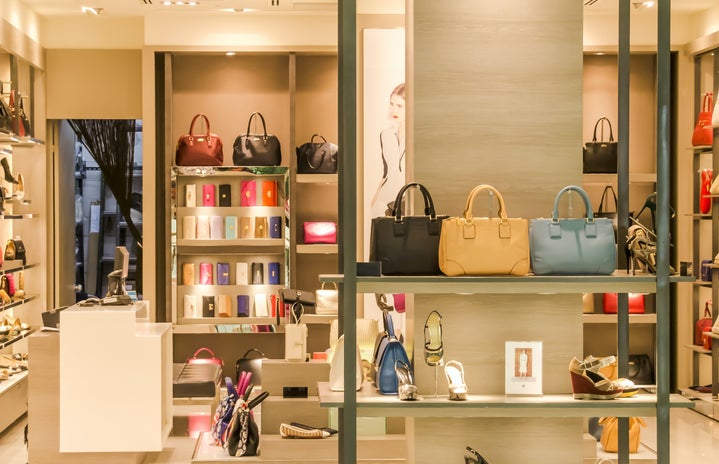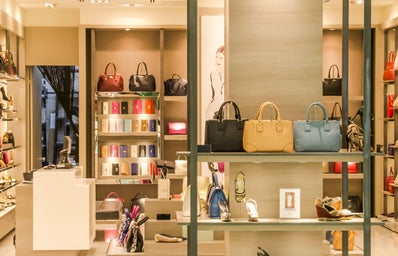Dear Vogue,
Breasts aren’t accessories. They’re not to be paired with a Yves Saint Laurent silk scarf and a Louis Vuitton satchel. They can’t be returned, repurchased or refurbished.
In your December’s issue of U.K Vogue, you published an article titled “Desperately Seeking Cleavage” by Kathleen Baird-Murray. Murray declares cleavage “over” stating “The tits will not be out for the lads. Or for anyone else, for that matter.” She goes on to say: “The cleavage – those magnificent mounds pushed together to display sexual empowerment, to seduce, to inspire lust or even just to show off – is over, or at least, taking a well-earned break.”
HOLD UP. Our breasts have never really been ours. They’re a physical part of us, sure, but they’ve always been objects of a man’s desire. They’re used to “seduce, to inspire lust,” but now, at a time where we are finally taking back our bodies, we have to hand them over to the fashion lords?
I get it, I really do. If I learned anything from the iconic Miranda Priestly, of The Devil Wears Prada, it is that fashion has a much larger influence than we give it credit. Which is why this article is so problematic. Perhaps Murray needed a hooking article to discuss ground-breaking high-neck designs. Or maybe she didn’t intend to actually declare them “out,” but as a writer for an esteemed fashion magazine she has to be responsible for the words she uses.
Breasts can’t be “out.” They’re a natural part of our body. For years breasts have been “in” and we’ve witnessed the repercussions of that declaration. According to statistics gathered by The American Society of Plastic Surgeons (ASPS), as of 2010, 5,083,717 American women have breast implants— which is almost 5% of all American women. These numbers are staggering, and quite frankly, alarming.
Vogue, these numbers are the result of making a body part “trendy.” Women are paying thousands of dollars to alter their body to allign with current fashion. I’m not saying that breast augmentation is the direct result of fashion magazines, but not at least partially attributing these numbers to what magazines put out is naive.
Murray, I don’t intend to make you an enemy, but you should know that your article isn’t fluff. It isn’t a way to introduce new trends. It’s powerful, it’s problematic and most importantly: it’s insulting.
Source: 1

